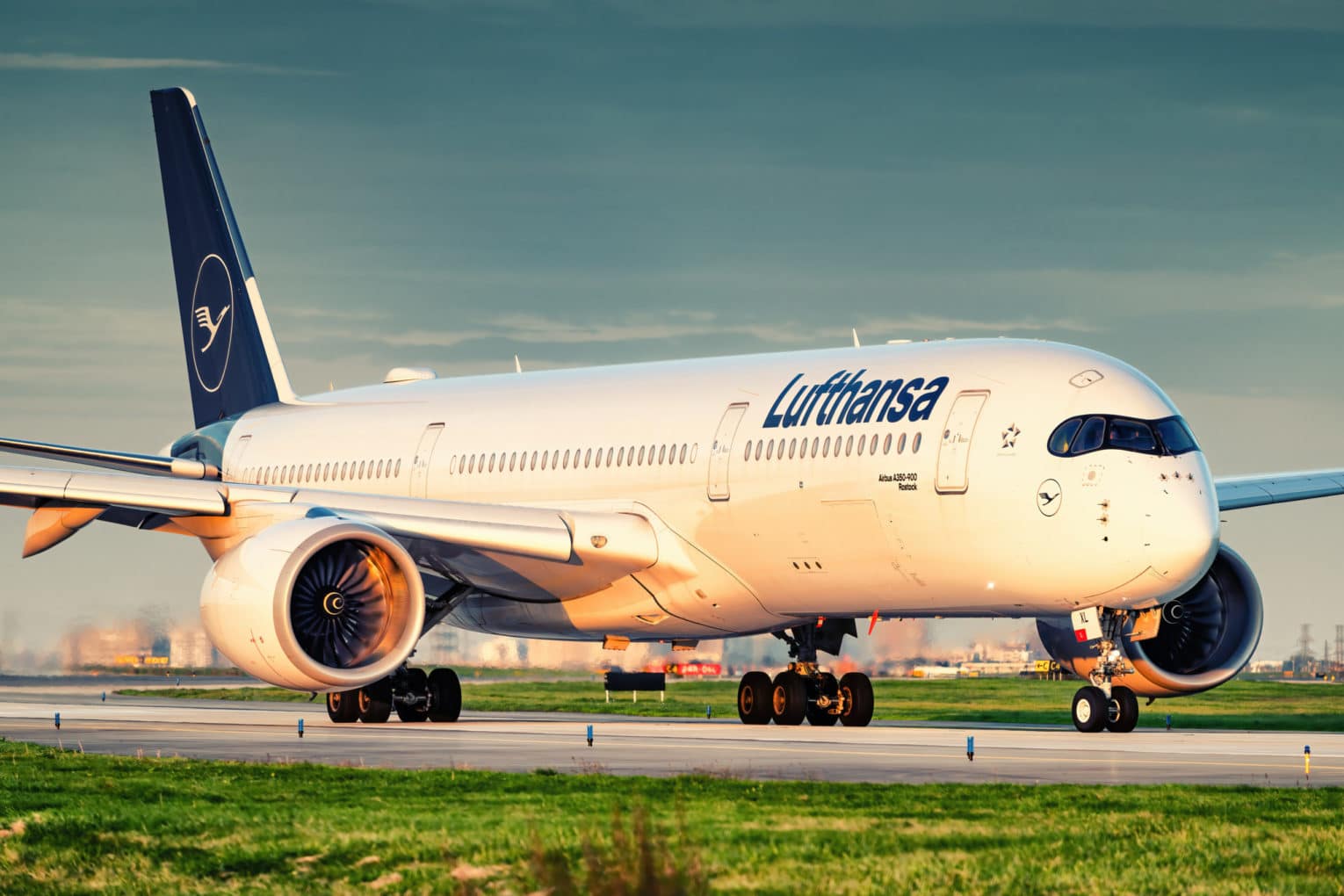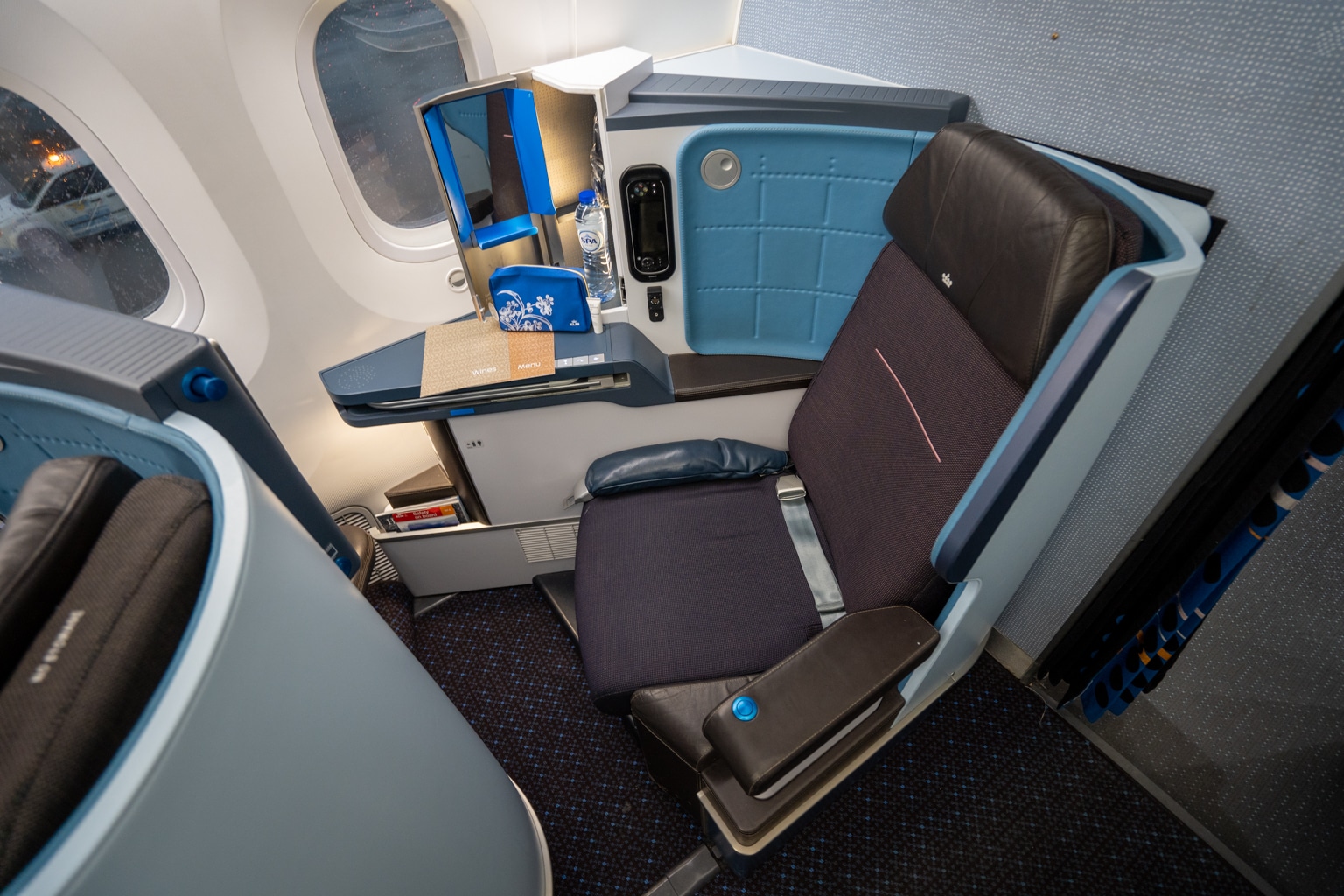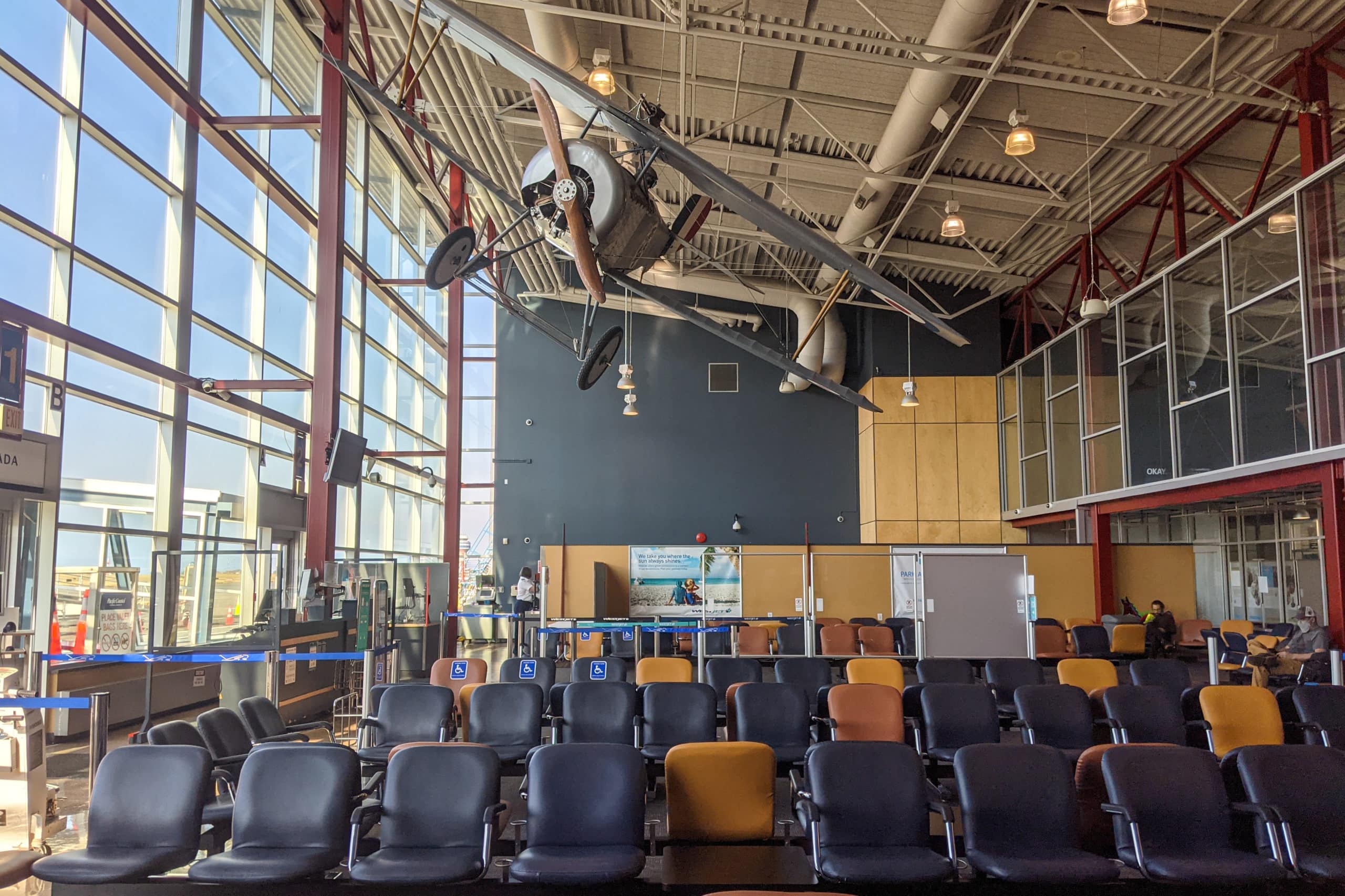A topic that’s been coming up more and more frequently in the Miles & Points world as of late is married flight segments.
Broadly speaking, married segments are two or more flights between city pairs that airlines sell together as a single bundled unit, rather than as two or more individual segments. Married segments apply to both cash and award bookings.
Let’s take a deeper look into married flight segments and how you might encounter them when planning your trips.
What Are Married Flight Segments?
Like many of us, you’ve probably spent countless hours searching for the perfect itinerary. In that process, you’ve likely come across what looks to be an ideal flight available as part of a multi-flight itinerary – yet when you search for the individual segment that caught our eye on its own, it magically disappears.
This likely isn’t an instance of phantom award space. Instead, what you’ve encountered is a married flight segment.
There can be any number of stipulations placed on how flights may be sold, often buried deep in the fare rules, and this is where we need to look to understand married segments.

For married segments, the airline may state that a particular flight pairing must be booked together at a specific price, and the flights may not be booked individually for the same equivalent fare.
For award bookings, an airline may release “Saver” or lower-cost award seats on married segments, but not on the same individual segments.
Married segment logic has been applied with greater frequency to award bookings in recent years. Note that the loyalty program has no control over married segment logic; rather, the airline whose tickets are being sold decides which segments are married.
Why Do Airlines Use Married Flight Segments?
Airlines use married flight segments strategically to maximize profit.
By controlling both the issuance of frequent flyer points and the flights for which points may be used (including married segments), airlines ensure that they’re raking in as much income as possible.
Most major airlines have origin and destination controls to decide how much revenue contribution they’ll get for each flight. To accomplish this, the airline may decide to marry segments together to prevent passengers or travel agents from making bookings in a way that goes against the revenue contribution the airline is aiming for.

For example, direct flights are almost always more expensive than connecting flights; a direct flight from Vancouver to Toronto is likely to be more expensive than a flight from Vancouver to Montreal with a connection in Toronto, whether in terms of cash or dynamic award pricing.
This is because direct long-haul flights are relatively easy for airlines to sell. In major cities, such as Toronto, New York, Los Angeles, or Vancouver, there’s a reasonable expectation that premium cabin seats will sell, even up to the last minute, for business travel, thus netting the airline solid revenue.

With the likelihood that someone will pay cash for those premium seats, the airline may not release as many award seats on the direct route, especially at the “Saver” or lowest level, since letting someone book that same seat “for free” on an award booking would cause the airline to lose out on revenue.
However, that same award seat may be offered with a connecting flight as part of married segments.
Let’s take a look at an example through Aeroplan to show this in action.
Suppose you’re looking at flights to Kayseri (ASR), one of the two gateways of Cappadocia in Türkiye.
To reach Kayseri, you’ll need to book a flight from Istanbul (IST). However, if you search flights between Istanbul and Kayseri, you’ll find no Aeroplan availability on any date.

Meanwhile, if you search for award flights between a city outside of Türkiye (e.g., Madrid or London) and Kayseri, you’ll find plenty of availability that includes the “unavailable” Istanbul to Kayseri flights.

What does this mean?
Well, it means Turkish Airlines is restricting award availability on its domestic flights (likely to keep more seats available for cash fares on popular routes) and would only allow booking them as married segments, effectively making them international itineraries.
There are a host of examples of married segments, and the only way to find them is to cast a wide search net to various destinations. Note that there may be other factors, such as dynamic pricing, at play too.
While many airlines use married segments, the following list includes some carriers commonly known to use the logic with award bookings:
- Air Canada
- Air France/KLM
- Austrian Airlines
- British Airways
- Brussels Airlines
- Copa Airlines
- Delta
- Etihad Airways
- Lufthansa
- Qatar Airways
- Singapore Airlines
- Swiss
- TAP Air Portugal
- Turkish Airlines
- United Airlines
Can You Split Up a Married Segment?
In short, the answer is no. While there could be exceptions to the rule, in the vast majority of cases, a married segment itinerary must remain as originally booked.
You may think that booking a married segment and then dividing it up into two pieces would be a savvy way to get the flight that you want. Unfortunately, it doesn’t quite work that way.
One reason that married segments can’t be split up is that airlines can issue penalties to ticketing agents who don’t follow their fare rules. These penalties are called “Agency Debit Memos” or “ADMs.”

If an agent split up a married segment to gain access to booking classes that are otherwise unavailable on the individual routes, the airline could strike back with an ADM.
The actual cost of the ADM can vary, but an example might be the difference in fare between the original married segments and the two individual segments, plus a penalty of $300 per segment per passenger.
This comes out of the agency’s revenue, so it’s definitely not in their best interest to be breaking any rules. Remember this the next time you’re on the phone with a call centre agent who can’t split up your married segment despite their best efforts.
Can Married Segments Be Beneficial?
Generally speaking, married segments don’t really work in the consumer’s interest. After all, having the same seat available for different prices doesn’t seem fair.
However, married segments can work in your favour if you’re originating from or arriving in a place that’s not an airline’s main hub. You may be more likely to benefit from married segments if you must take a connecting flight to get to where you want to go, and thus the married segments naturally fit your needs.
Anyone who’s otherwise looking for a non-stop flight may have to take a positioning flight away from the hub airport to benefit from married segments, which can be costly and/or inconvenient.

Another option that might come to mind is the idea of missing the last flight of a connecting flight pairing with a married segment in order to remain in the connecting city (where you wanted to fly in the first place).
However, this type of action comes with significant risks, and I don’t recommend trying it out.
One risk is that the airline could revoke your frequent flyer miles and/or elite status if you skirt fare and ticketing rules by purposely missing flights.
The airline controls who can use loyalty programs, and since practices like breaking up married segments or skipping segments on purpose violates the contract of carriage, it could result in you losing all of your points and/or status privileges.

Another risk is that in the event of irregular operations, the airline is only obligated to get you to your final destination. If this happens, you run the risk of being rerouted to your final destination via other cities.
Furthermore, if you skip a segment on a round-trip flight booking, the rest of your booking is typically forfeited. Therefore, if you miss a flight segment on your outbound leg, you’ll forfeit the return flights.
Lastly, if you check a bag that is through-checked to your final destination, you’ll be without your bag if you exit your journey partway through. While you could request for your bag to be short-checked to the intermediate point, there’s no guarantee that your wish will be granted.
Conclusion
Married segments are one of many finer intricacies of the airline world. While they may work in your favour if you travel often to a smaller airport and can benefit from their natural structure, married segments will most often not work to your benefit.
This is true with both cash and award bookings. Specific to award bookings, this airline practice may make it more difficult to find award space on direct flights, whereas the same flight might be available as part of a married segment.
With this in mind, if you can’t find your ideal award flight, try looking at destinations that require a connecting flight. You may be surprised both with the award availability in a married segment and the opportunity to discover a destination that you hadn’t considered visiting before.



















